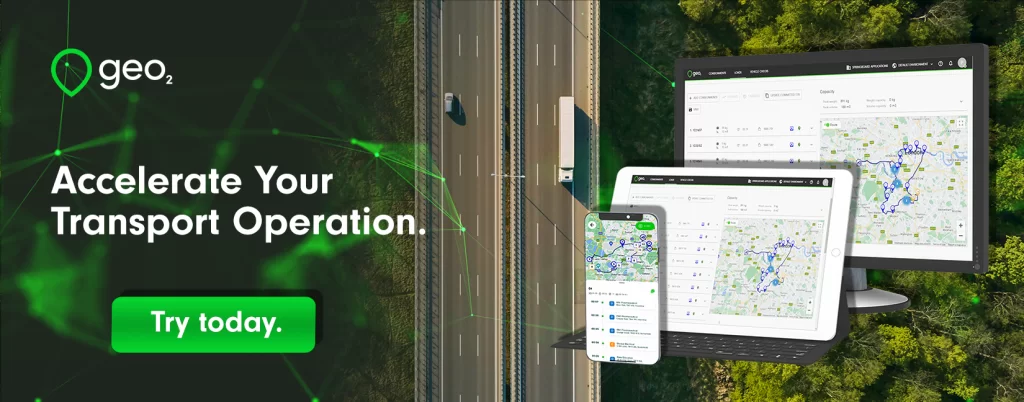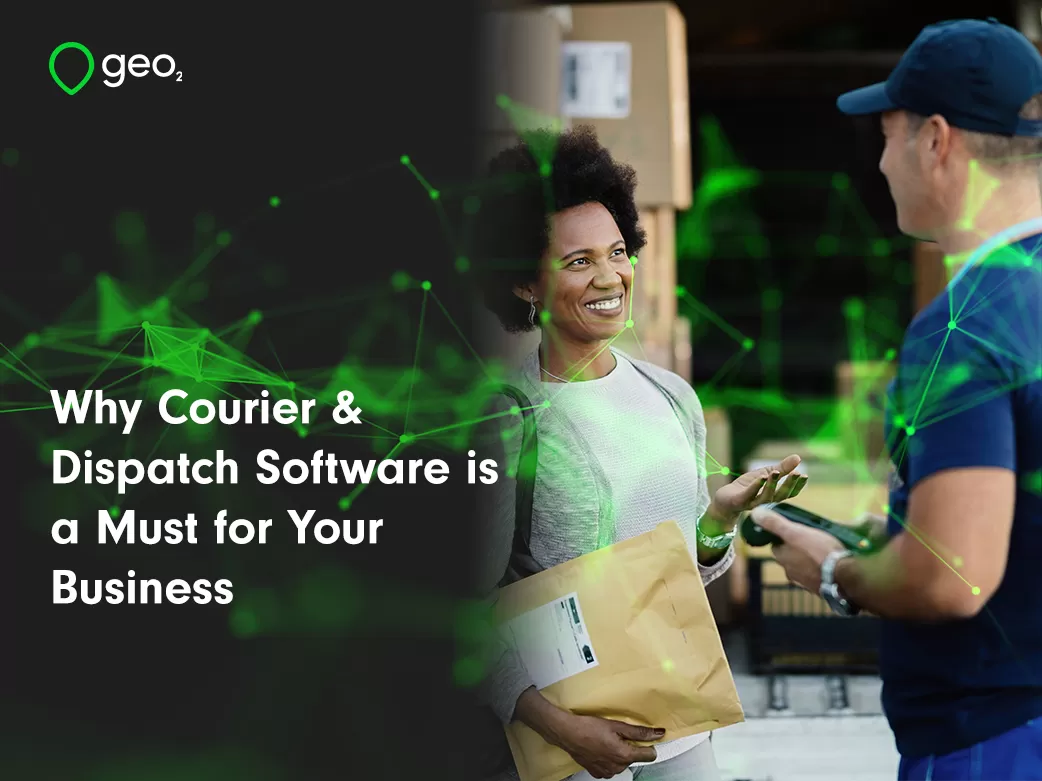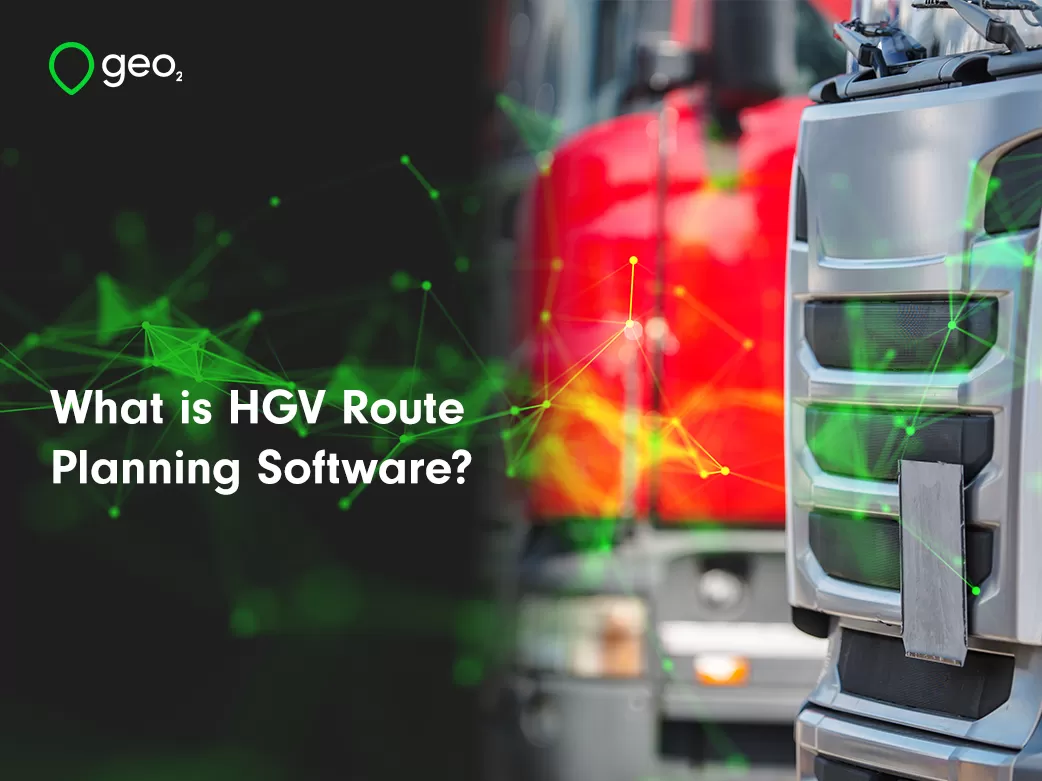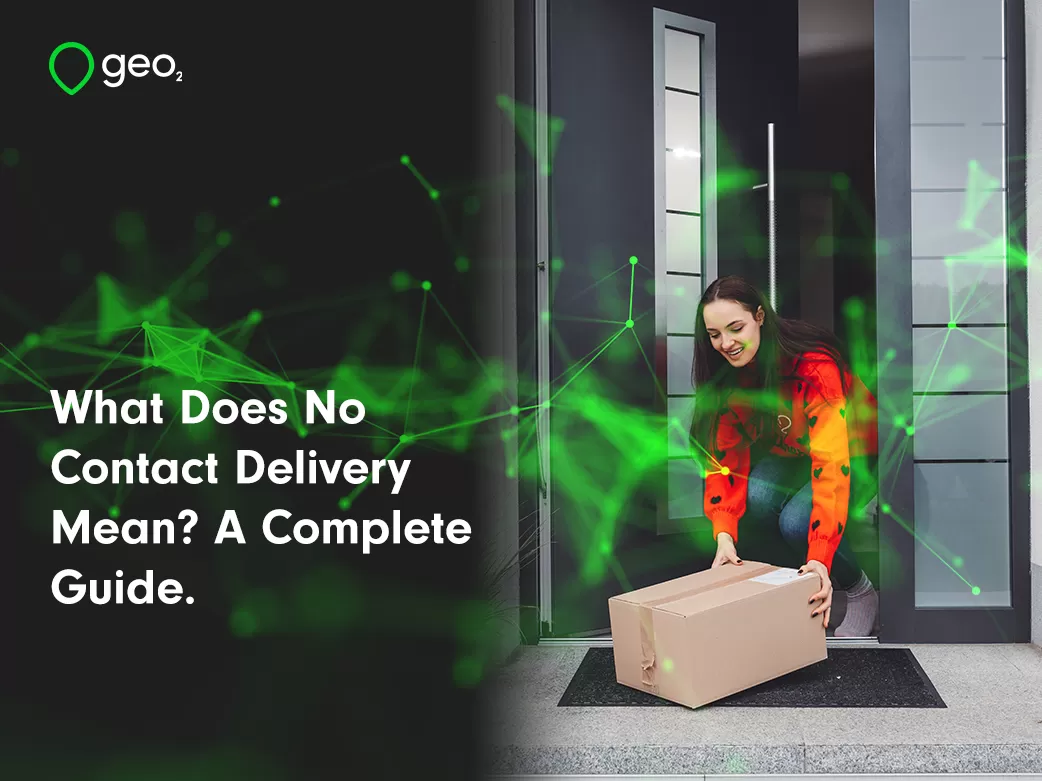
What Does No Contact Delivery Mean? A Complete Guide.
What is No Contact Delivery and Why Should You Care?
Convenience and safety have become at the forefront of delivery, especially when it comes to food delivery. The concept of no contact delivery has become increasingly common after the COVID-19 pandemic. It offers a safer and more convenient way to enjoy your favorite meals without the need for direct interaction.
Whether you’re a consumer wanting a smooth experience, a food lover keen on new dishes, or a small business owner adapting to customer needs, grasping no contact delivery is key. This guide will cover its meaning, operation, benefits, and business implementation. You’ll gain a thorough understanding of this service and its potential impact on the food service industry.
Table of Contents.
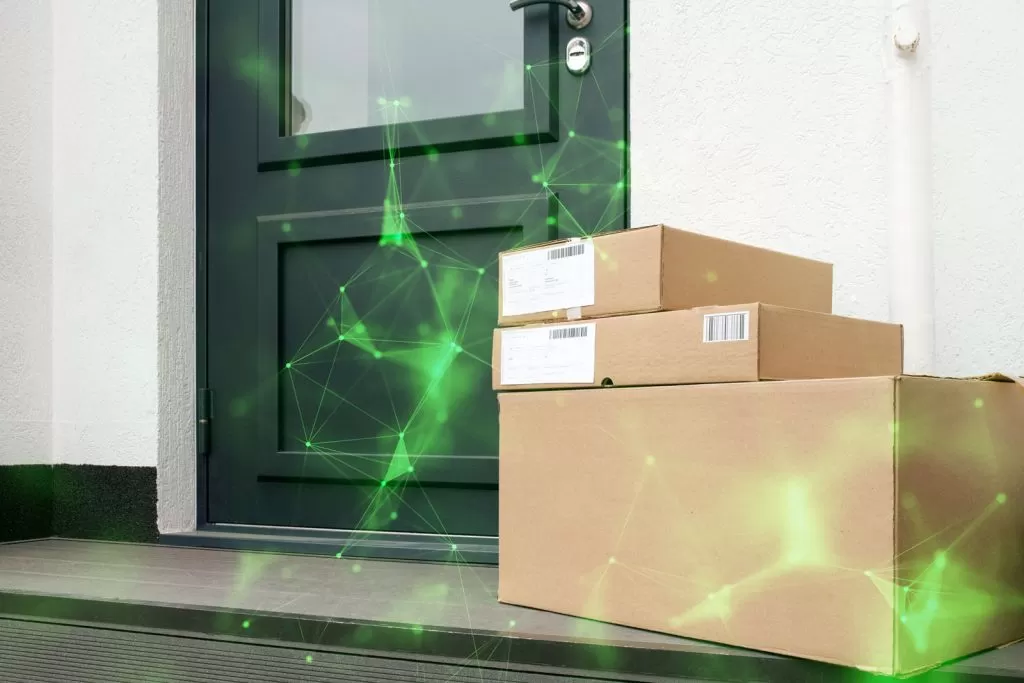
Defining No Contact Delivery.
What Does No Contact Delivery Mean?
No contact delivery, also known as contactless delivery, is a method of delivering goods—primarily food—without direct physical interaction between the delivery personnel and the customer.
This means that the delivery process is designed in such a way that the driver leaves the order at a designated spot, usually the customer’s doorstep, and then alerts the customer through a text message or app notification. The customer can then pick up their order without coming into contact with the driver.
How Does No Contact Delivery Work?
The process of no contact delivery is straightforward and designed to minimize human interaction. When placing an order, customers can select the no contact delivery option, specifying the drop-off location.
Once the order is ready, the delivery driver follows the instructions and leaves the package at the specified spot while notifying the customer. Payments are made online, further reducing the need for physical interaction.
This method ensures that both the customer and the delivery personnel maintain a safe distance, adhering to social distancing guidelines.
Why is No Contact Delivery Important?
The importance of no contact delivery became particularly evident during the COVID-19 pandemic. With the need to minimize physical contact to reduce the spread of the virus, no contact delivery provided a solution that ensured safety while allowing businesses to continue operations.
Even as the pandemic has subsided, the practice has proven to be a valuable service, offering a level of convenience and peace of mind that many customers have come to appreciate.
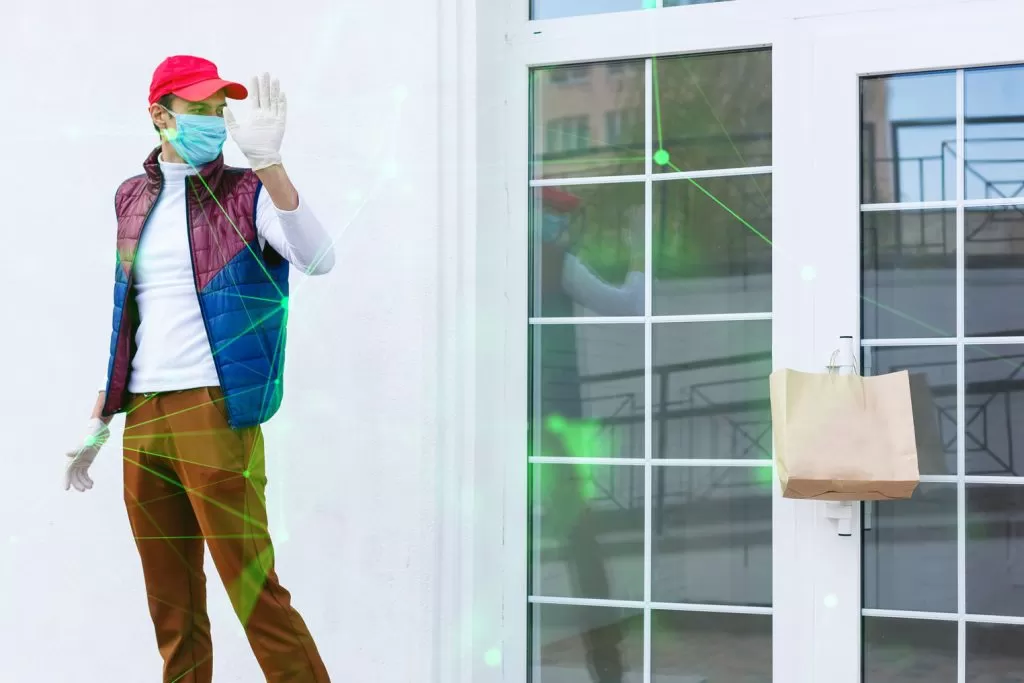
The Benefits of No Contact Delivery.
Ensuring Safety for All.
One of the primary benefits of no contact delivery is safety. By minimizing physical contact, the risk of transmitting infectious diseases is significantly reduced. This is crucial not only for customers but also for delivery personnel who interact with multiple people throughout their shifts. Implementing no contact delivery protocols helps protect everyone involved, fostering a safer environment.
Convenience at Your Doorstep.
No contact delivery offers unmatched convenience. Customers can receive their orders without stepping outside or interrupting their activities. This is particularly beneficial for busy professionals working from home, parents with young children, or anyone who prefers a hassle-free delivery experience. The ability to specify a drop-off location and receive notifications adds an extra layer of ease to the process.
Peace of Mind.
Knowing that your food is handled and delivered with safety in mind provides peace of mind. Customers can trust that their health is a priority, encouraging repeat business and loyalty. For delivery personnel, the reduced need for face-to-face interactions means they can perform their duties with less stress and concern about potential health risks.
Table of Contents.
How Are Businesses Implementing No Contact Delivery?
Real-Life Examples.
Many businesses have successfully integrated no contact delivery into their operations. For instance, major food delivery platforms like Uber Eats, DoorDash, and Grubhub quickly adopted this method, allowing customers to opt for contactless drop-offs. Additionally, local restaurants and small cafes have embraced the practice, ensuring they can continue serving their communities safely.
Best Practices for Small Business Owners.
For small business owners looking to implement no contact delivery, several best practices can enhance the experience for both customers and staff:
- Clear Communication: Ensure that customers are aware of the no contact delivery option and how it works. Use your website, social media, and order confirmation emails to provide detailed instructions.
- Designated Drop-Off Spots: Identify safe and convenient drop-off locations for deliveries. This could be a front porch, lobby, or designated area in an apartment complex.
- Training Staff: Train delivery personnel on the proper procedures for no contact delivery, including hygiene protocols and communication with customers.
- Feedback Mechanism: Encourage customers to provide feedback on their no contact delivery experience. This helps identify areas for improvement and ensures customer satisfaction.
Leveraging Technology.
Technology plays a vital role in the success of no contact delivery. Mobile apps and online ordering systems facilitate seamless communication between customers and delivery personnel. Proof of delivery allows drivers to leave the deliveries on the doorstep with proof the order has been delivered. GPS tracking allows customers to monitor their order’s progress, ensuring timely and accurate deliveries. By leveraging technology, businesses can streamline the no contact delivery process and enhance the overall customer experience.
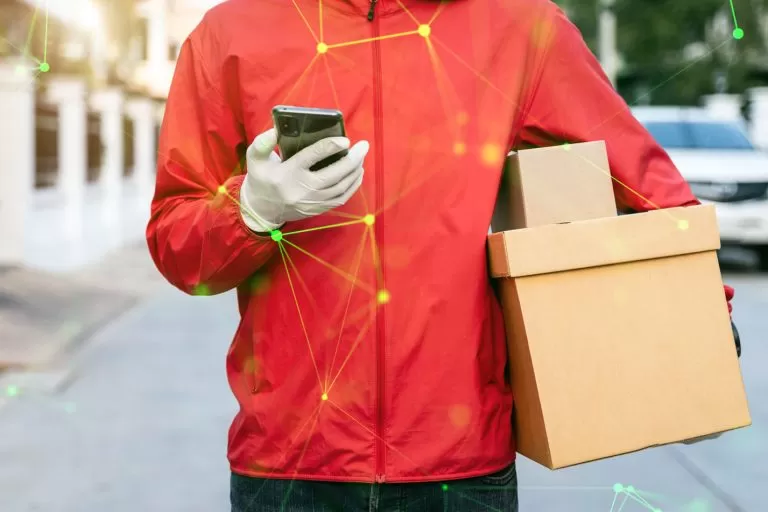
The Future of No Contact Delivery.
Predictions and Trends.
The adoption of no contact delivery is expected to continue growing, even beyond the pandemic. As customers become accustomed to the convenience and safety it offers, demand for this service will likely remain high. Additionally, advancements in technology will further refine the process, making it even more efficient and user-friendly.
Potential Long-Term Impact.
The long-term impact of no contact delivery on the food service industry is significant. Businesses that adapt to this trend can differentiate themselves from competitors, attracting a loyal customer base. Furthermore, the emphasis on safety and convenience aligns with broader consumer preferences, positioning no contact delivery as a standard practice in the industry.
Sustainability and Innovation.
Looking ahead, sustainability and innovation will play crucial roles in the future of no contact delivery. Businesses can explore eco-friendly packaging options, invest in electric delivery vehicles, and route planning & optimization software to reduce their environmental footprint. Innovations such as drone deliveries and autonomous vehicles may also become viable solutions, further enhancing the efficiency and appeal of no contact delivery.
Conclusion.
No contact delivery is just one of the ways that delivery is ever evolving. It has revolutionized the way we receive goods, offering a safe, convenient, and stress-free solution for both consumers and businesses. By understanding its significance, benefits, and implementation strategies, you can make the most of this service and support local businesses that prioritize your well-being.
Whether you’re a consumer enjoying the convenience, a food enthusiast exploring new flavors, or a small business owner adapting to changing times, no contact delivery is here to stay.
Frequently Asked Questions (FAQs)
1. What is no contact delivery?
No contact delivery is a method of delivering goods or services without any physical interaction between the customer and the delivery person. This can be achieved through various means such as leaving the package at the doorstep, using contactless payment methods, or arranging for pick-up from designated locations.
2. Why is no contact delivery important?
In light of recent events, maintaining social distancing and minimizing physical contact has become crucial for ensuring public safety. No contact delivery helps in achieving this while still providing essential goods and services to consumers.
3. How do I request for no contact delivery?
Many businesses now offer the option for customers to select no contact delivery at checkout. If not available, you can always reach out to the delivery company directly and make a request. It is important to communicate your preference for no contact delivery to ensure a smooth and safe transaction.
4. What are some additional safety measures I can take?
Aside from opting for no contact delivery, there are other precautions you can take to further minimize the risk of exposure during delivery. These include wearing a mask and gloves while receiving the package, sanitizing any surfaces that may have come in contact with the package, and practicing proper hand hygiene afterwards.
5. Are there any limitations to no contact delivery?
While many businesses offer this option, it may not be available for all types of deliveries or in certain areas. Additionally, due to increased demand for online shopping and deliveries, there may be delays in shipping times.
